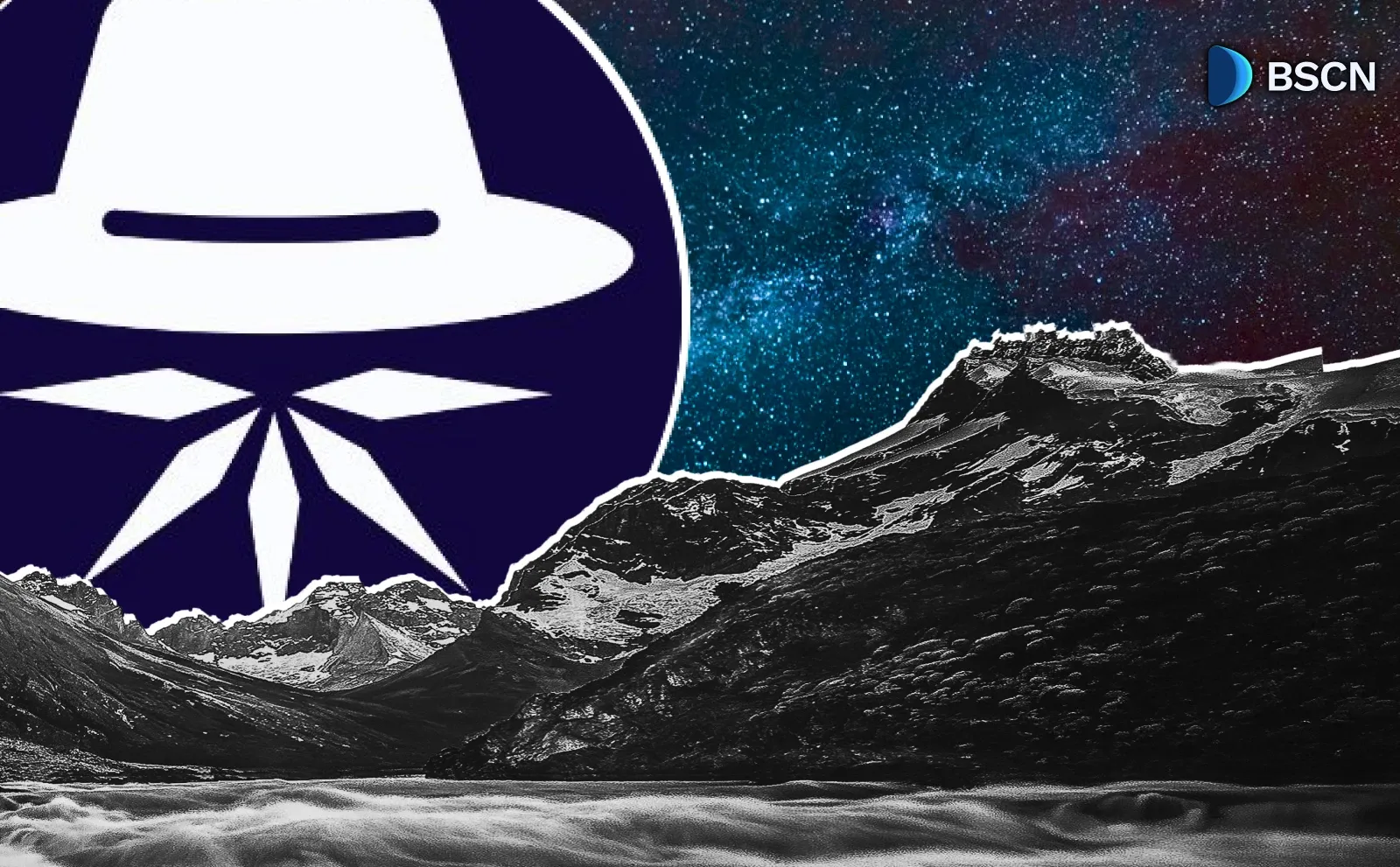Research
Exploring the Vana App: Key Features, How it Works, and More
by UC Hope
September 30, 2025

The Vana app enables users to reclaim their data, take it anywhere, and convert it into capital.
The Vana App, released on September 22, 2025, is a mobile application focused on data management within a blockchain framework. Available for download on the Google Play Store and the Apple App Store, this app enables users to aggregate personal data from multiple sources, convert it into tokenized assets, and participate in collective data pools known as DataDAOs.
Built on the Vana network, an EVM-compatible blockchain, the app addresses data ownership by allowing users to control and potentially monetize their information through encrypted processes and community governance. This article examines the key features of the unique application that allows users to convert their data into capital.
What Is the Vana App?
Vana operates as a network designed for data sovereignty, where individuals can manage their personal data outside traditional platform silos. The app serves as the primary interface for this network, launched to coincide with the Vana mainnet activation.
The Vana App is here on iOS and Android.
— vana (@vana) September 22, 2025
The first blockchain app that lets you reclaim your data, take it anywhere, and turn it into capital.
Your VIBE is unique, irreplaceable, valuable. For the first time, it’s truly yours.
Exclusive to the community. Get invited by a… pic.twitter.com/5HUm9bRO0U
On iOS, it appears under the name "Vana Data," with version 1.7.0 as the latest update. In contrast, the Android version is listed as "Vana," having recorded over 10,000 downloads by September 30, 2025. Ratings on the App Store stand at 3.7 out of 5, based on initial user feedback, often noting the invite-only access model as a point of discussion.
The app's core function involves importing data from various services, including social media platforms, streaming apps, and health trackers. This data is then processed into what Vana terms VIBEs (digital representations that function as unique, programmable assets on the blockchain).
Users must obtain an invitation from an existing member or join a waitlist to access the app, which underscores its community-oriented approach. Once inside, the interface features tools for monitoring data usage, tracking rewards, and interacting with DataDAOs, which are decentralized autonomous organizations focused on specific types of data.
Vana's development stems from efforts to create a user-owned AI data layer. The network has onboarded over 12 million data points since its mainnet launch, indicating scale in data aggregation. The app integrates with the $VANA token, the native asset used for transactions, governance, and accessing data within the ecosystem.
Key Features of the Vana App
The Vana App includes several components for data handling and interaction:
Data Reclamation Feature: A primary feature is data reclamation, which enables users to connect accounts from platforms such as Spotify, Instagram, or Netflix to import information securely. This process utilizes encryption to safeguard data during transmission and storage. The app displays imported data through visual elements, such as progress bars for XP accumulation and card-like representations for VIBEs.
VIBEs as Tokenized Assets: VIBEs represent transformed data points, created as tokenized assets that users can manage with granular permissions. For instance, permissions can be set using SQL queries to specify which data fields are accessible. This allows for controlled sharing without exposing the raw data.
Earnings Tracker and Data Insights: Another feature is the earnings tracker, which monitors XP earned from tasks like connecting data sources or participating in DataDAOs. XP serves as a metric for unlocking rewards, including portions of $VANA tokens or DataDAO-specific incentives. The app also generates insights from user data, such as patterns in listening habits or health metrics, presented in formats like games or visual summaries.
Community Integration via DataDAOs: Community integration occurs through DataDAOs, where users pool VIBEs into shared liquidity pools for uses like AI model training. Examples include CredMont for credit card transaction data, $BOPS for music preferences, and sleep.fun for sleep tracking information. Each DataDAO operates under VRC-20 standards, a token specification compatible with ERC-20 but tailored for data-bound assets.
Interface and Interoperability Support: The app's interface supports wallet connections for blockchain transactions, compatible with Ethereum-based tools. Bridges like Stargate facilitate asset transfers from other chains, enhancing interoperability.
How the Vana App Works: Step-by-Step Workflow
1. Onboarding: The Vana App workflow begins with onboarding. After downloading and receiving an invite, users sign up using an email address and connect data sources via dropdown menus in the app. Data import occurs in an encrypted manner, with the app not collecting information itself but facilitating user-controlled aggregation.
2. Data Transformation: Next, data transformation converts imported information into VIBEs. This step involves on-chain tokenization, where VIBEs become programmable assets with defined permissions. Users can then decide to contribute these to DataDAOs, pooling them into Data Liquidity Pools (DLPs) for collective applications.
3. Participation in DataDAOs: Participation in DataDAOs requires VRC-20 tokens, which are minted based on contributions and validated through cryptographic validation. AI developers or other entities access these pools by burning $VANA and VRC-20 tokens, with proceeds distributed back to contributors via the app's dashboard.
4. Activity Tracking and Compute Tasks: The app tracks all activities on-chain, using the Vana blockchain for transparency. Compute tasks, such as AI training on pooled data, occur in Trusted Execution Environments to maintain privacy. Users manage permissions and withdraw data at any point, ensuring control remains with the individual.
5. Dataset Limits and Governance: There are no specified limits on dataset sizes, with governance handled at the DataDAO level through voting mechanisms tied to VRC-20 holdings.
Technical Aspects of the Vana App
Vana utilizes VRC-20 tokens, which are tied to data contributions and facilitate trading on platforms like Solana, thereby increasing liquidity. These tokens integrate with DeFi protocols, allowing users to stake or lend data-linked assets.
The secure runtime environment enforces permissions during data processing, using verifiable computations to confirm operations without revealing underlying data. Data flows from user devices to encrypted storage, then to on-chain validation, minimizing exposure.
Validator nodes stake $VANA to secure the network, ensuring data availability and integrity. Incentives include 15% of the token supply distributed every 21 days to top-performing DataDAOs based on staking metrics.
Tokenomics in Vana center on the $VANA token for staking, governance votes, and data access fees. The model has shifted toward liquidity-focused incentives, requiring DataDAOs to adhere to VRC-20 for emission eligibility. Earnings can include specific tokens, such as $REM, for contributions related to sleep data.
Privacy and Security in the Vana App
Privacy measures include end-to-end encryption for all data handled by the app. Users set permissions to control access, and Vana does not collect any data itself. The privacy policy, accessible at vana.org/privacy, outlines these practices.
Security relies on blockchain validation and Trusted Execution Environments for sensitive computations. This setup ensures that AI models trained on pooled data do not compromise individual privacy.
Conclusion
The Vana App provides tools for data tokenization, secure pooling in DataDAOs, and reward tracking via XP and $VANA mechanisms. It operates on an EVM-compatible blockchain with VRC-20 standards for data assets. Users can manage personal information from various sources, set permissions, and participate in governance. This setup supports data sovereignty through encrypted processes and community-driven collectives.
For those interested in blockchain-based data management, downloading the app via official stores and securing an invite offer a direct way to engage with these features. The app's emphasis on user control highlights its role in decentralized data ecosystems.
Sources:
- Vana Official Website - https://www.vana.org
- Vana Documentation - https://docs.vana.org
- Vana Launches Application: https://www.blocmates.com/news-posts/vana-launches-mobile-app-with-vanaxp-rewards-for-data-ownership
- App Store Listing - https://apps.apple.com/us/app/vana-data/id6751347372
- PlayStore Listing: https://play.google.com/store/apps/details?id=org.vana.vanavibes&pli=1
Disclaimer
Disclaimer: The views expressed in this article do not necessarily represent the views of BSCN. The information provided in this article is for educational and entertainment purposes only and should not be construed as investment advice, or advice of any kind. BSCN assumes no responsibility for any investment decisions made based on the information provided in this article. If you believe that the article should be amended, please reach out to the BSCN team by emailing info@bsc.news.
Author

UC Hope
UC holds a bachelor’s degree in Physics and has been a crypto researcher since 2020. UC was a professional writer before entering the cryptocurrency industry, but was drawn to blockchain technology by its high potential. UC has written for the likes of Cryptopolitan, as well as BSCN. He has a wide area of expertise, covering centralized and decentralized finance, as well as altcoins.
Related News
Latest News
9h : 58m ago
Solana ETF Interest Rise amid Market Downslide: Key Performance Update

12h : 13m ago
BNB Chain × YZi Labs Local Hack Series Went Live: Details
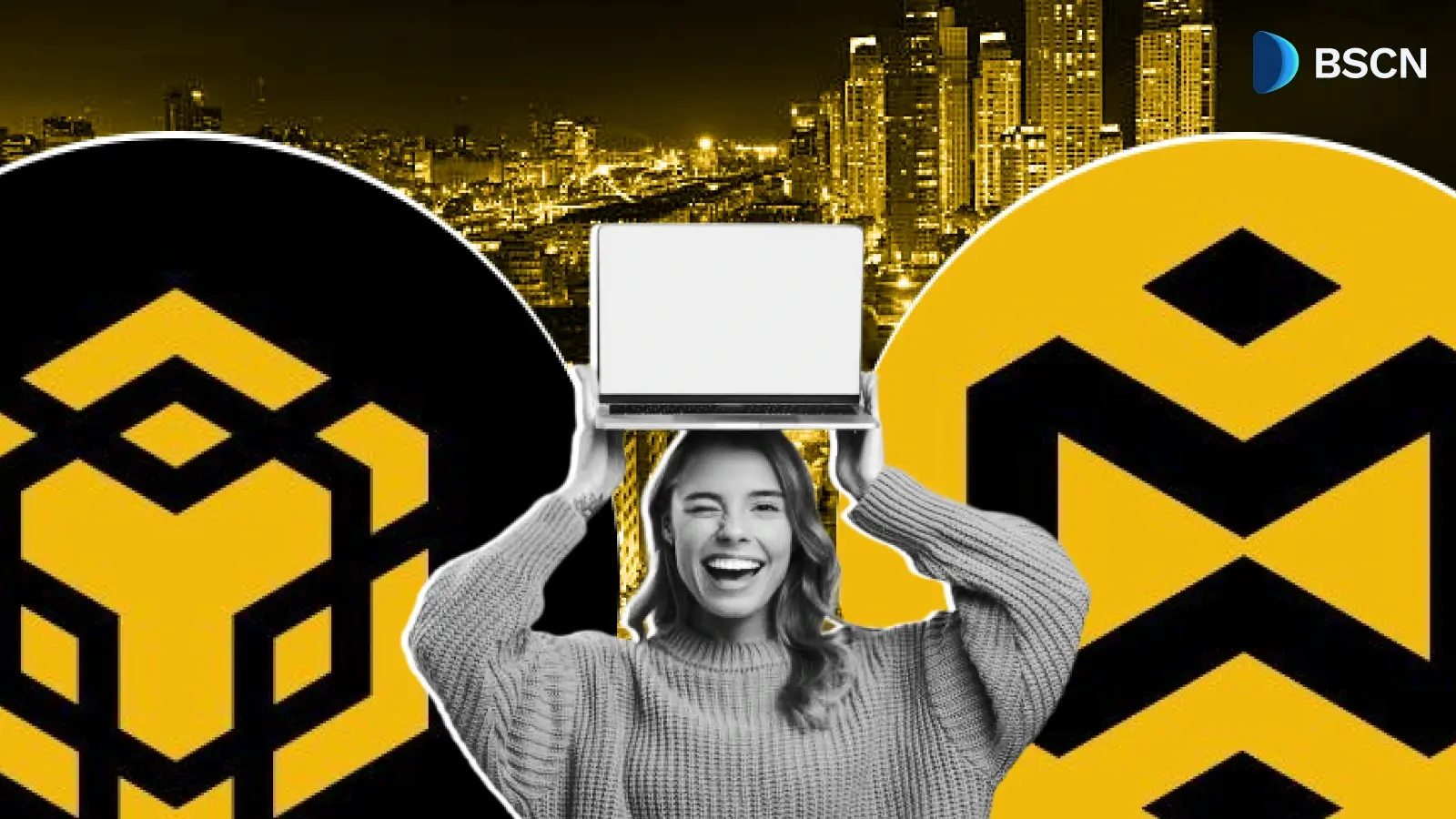
13h : 50m ago
Stable Launches Public Testnet: Steps to Engage

14h : 58m ago
Ripple Secures $500M Strategic Investment at $40B Valuation
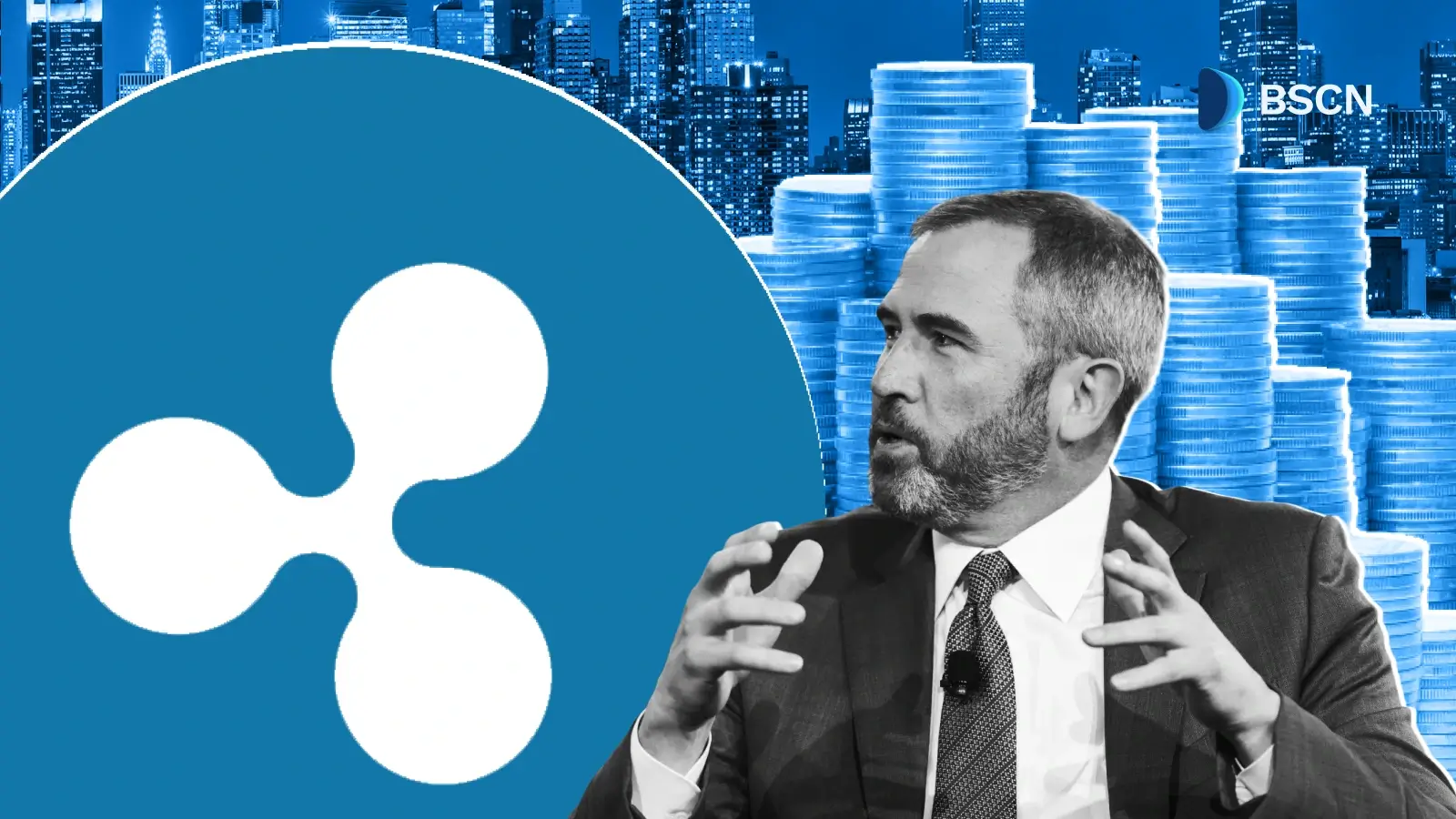
16h : 58m ago
SBI Digital Markets Partners with Chainlink to Drive Institutional-Grade Tokenization Platform

November 5, 2025
What is Momentum Finance? Binance’s New Listing
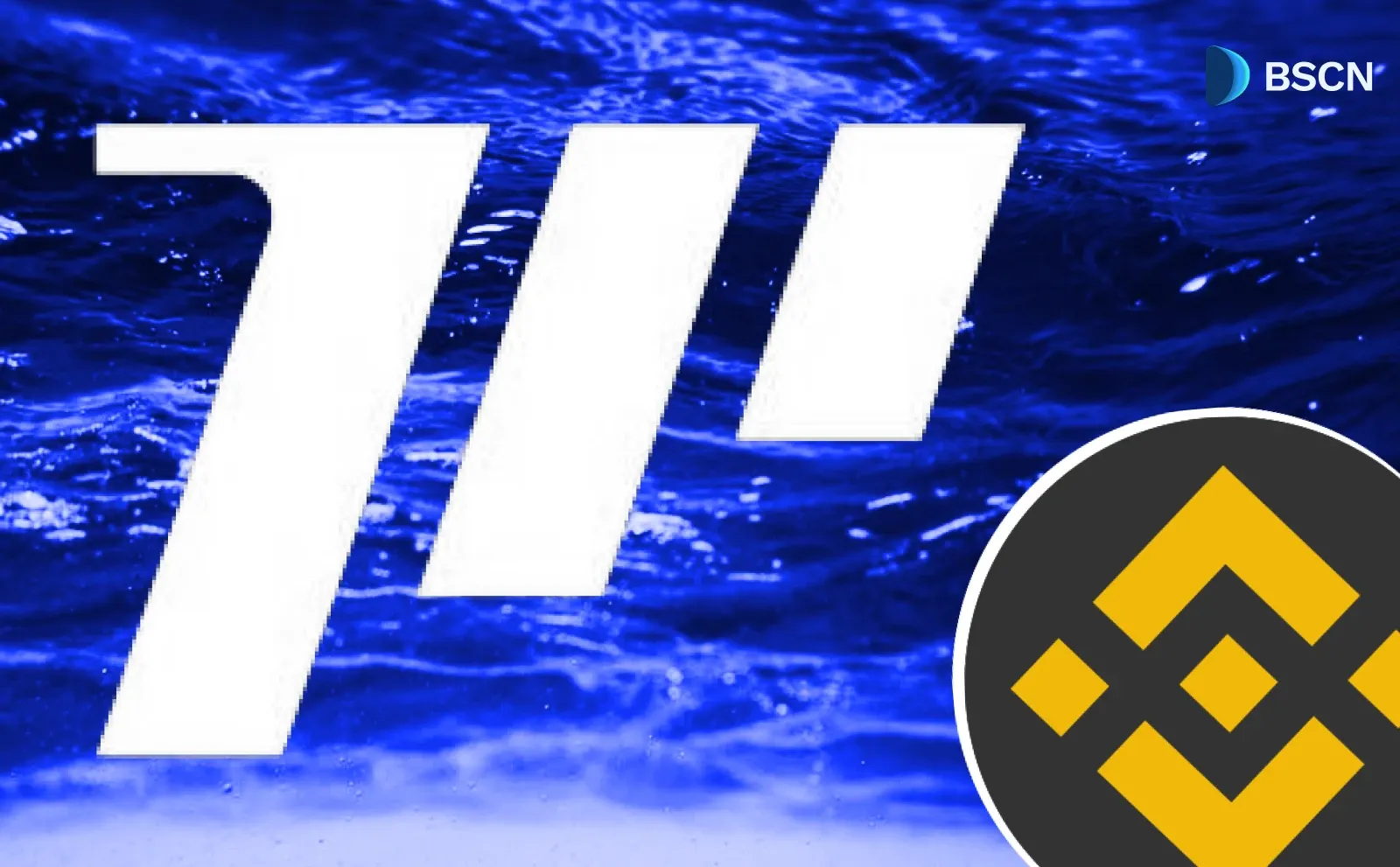
November 5, 2025
Chainlink Kickstarts November with Multiple Innovations: A Look at The Protocol's Key Partnerships and New Features
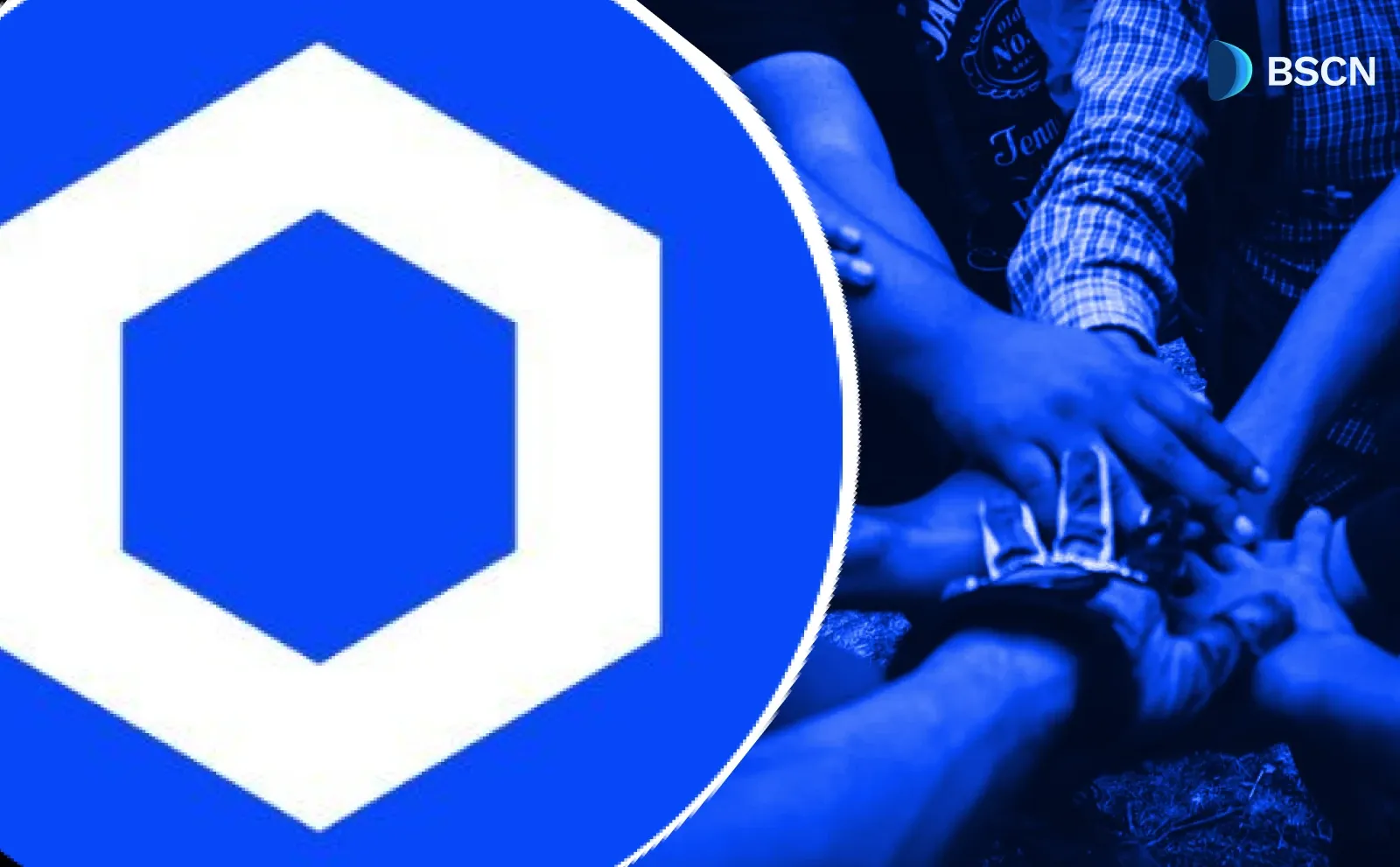
November 5, 2025
ION Latest Update: New Online+ Update, CEO Insights, Key Partnerships, and More
